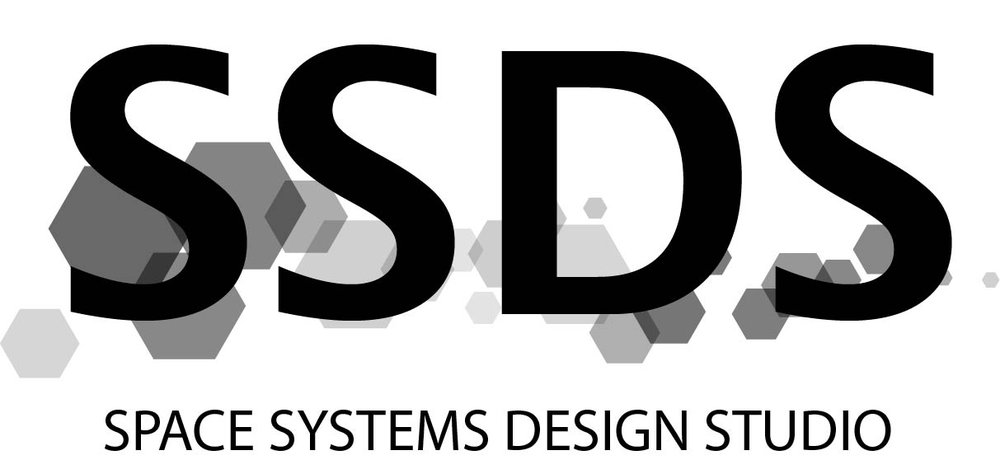Flux Pinned Research Topics
Multi-body Spacecraft Reconfiguration
A planetary imaging mission concept that achieves different mission objectives with different system layouts.
With spacecraft modules bound together by magnetic field interactions, components can be disconnected and reconnected with relative ease, allowing multi-body spacecraft reconfiguration at the system level. The dependence of flux pinning on magnetic fields does not only mean that spacecraft connected by flux pinning can switch their connections on and off magnetically, but also that spacecraft can shape their magnetic fields to achieve certain motions or behaviors. For example, a symmetric magnetic field creates a flux-pinned interface with a kinematic degree of freedom, the basis for creating a system of non-contacting mechanisms. A multi-body spacecraft can specify its joint structure, becoming one of many possible kinematic mechanisms.
In the presence of ambient force fields in the space environment, such as gravitational or magnetic fields, these non-contacting mechanisms will move to a stable equilibrium configuration. From that equilibrium, the spacecraft can select a new set of joint kinematics and move to stable equilibrium again. By controlling the kinematics, rather than the dynamics, of the multi-body spacecraft, operators can reconfigure systems in orbit with very little power usage, little control effort, and low risk of inter-body collisions. Our research in this area involves developing algorithms to identify all the possible configurations a multi-body spacecraft can reach and testing the performance of this control strategy.
For more information, see:
- Shoer and Peck, "Sequences of Passively Stable Dynamic Equilibria for Hybrid Control of Reconfigurable Spacecraft"
- Wilson, Shoer and Peck, "Demonstration of a Magnetic Locking Flux-Pinned Revolute Joint for Use on CubeSat-Standard Spacecraft"

